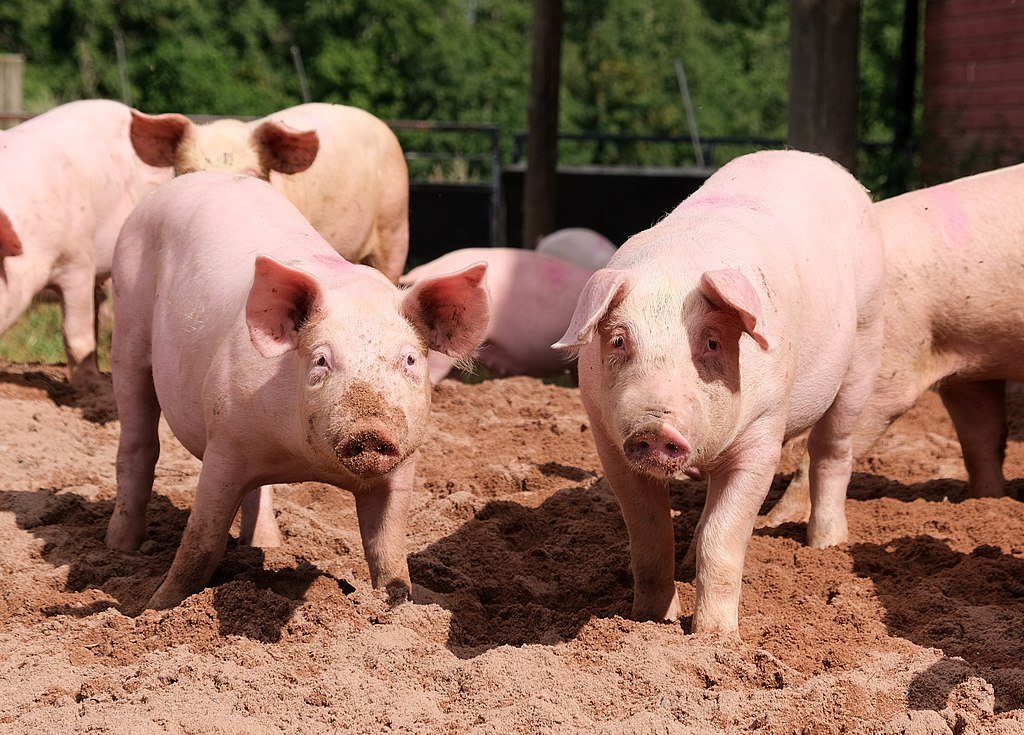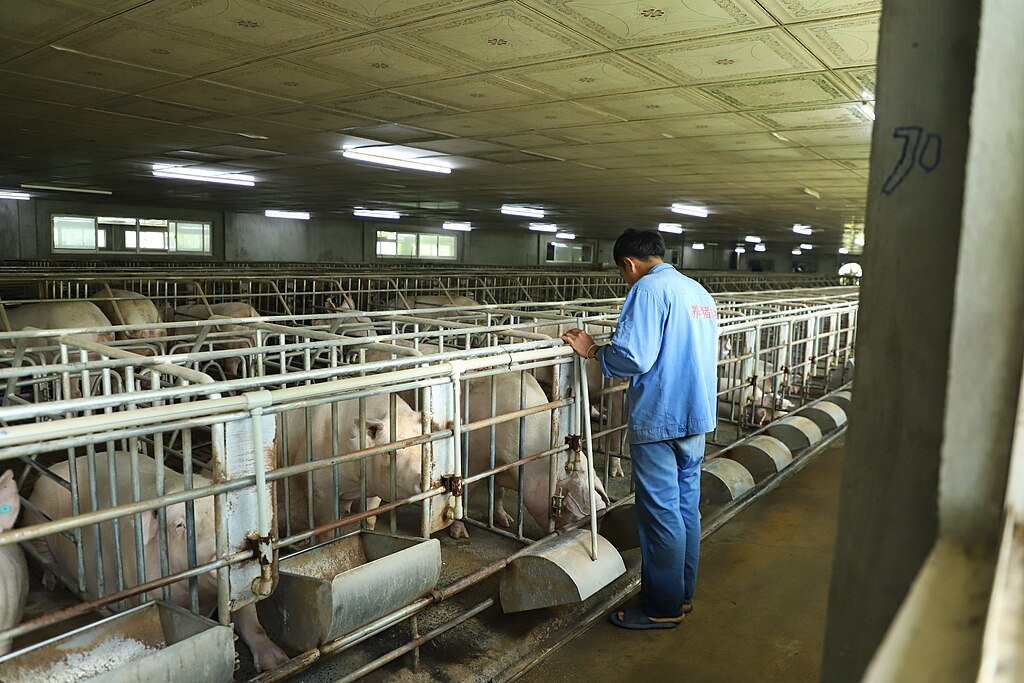New research has confirmed that African Swine Fever (ASF) has been circulating in Europe since 2007, rather than being introduced recently. The virus’s spread is primarily driven by human movement rather than new outbreaks, raising concerns about its long-term impact on pig populations and the pork industry.
The Origins and Spread of ASF in Europe

ASF is a highly virulent DNA virus that causes severe hemorrhagic disease in domestic pigs and wild boars. Initially confined to sub-Saharan Africa, the virus spread globally, becoming a major concern in Europe, Asia, and the Caribbean. Genetic analysis of ASF samples collected between 2016 and 2019 revealed that the virus circulating in Europe shares a single common ancestor with strains found in Africa, with no evidence of recent viral exchanges between the two continents.
Economic and Agricultural Consequences

ASF has led to significant economic losses, with estimates from the Food and Agriculture Organization placing direct losses at approximately $2.1 billion over the past 17 years. The outbreak has devastated small and medium-sized farms, contributing to structural shifts in agricultural markets, particularly in China. Since 2022, over one million pigs have been lost to ASF in seven European countries, highlighting the virus’s ongoing threat.
Human Activity and Viral Transmission
Researchers found that ASF’s spread in Europe is largely influenced by human movement rather than natural transmission. Countries such as Poland, Lithuania, Ukraine, and Germany have played key roles in the virus’s regional dispersal. The movement of infected animals, contaminated feed, and improper biosecurity measures have contributed to the virus’s persistence, making containment efforts challenging.
Future Research and Control Strategy
Scientists emphasize the need for improved surveillance and biosecurity measures to limit ASF’s spread. While there is currently no widely available vaccine, ongoing research aims to develop effective prevention strategies. Understanding ASF’s genetic evolution and transmission patterns will be crucial in mitigating its impact on the European pig population and the global pork industry.
Conclusion
ASF remains a serious threat to European pig populations, with its spread driven by human activity rather than new introductions. As researchers continue to study the virus’s genetic history and transmission dynamics, their findings will help shape future containment and prevention strategies.
Source:





